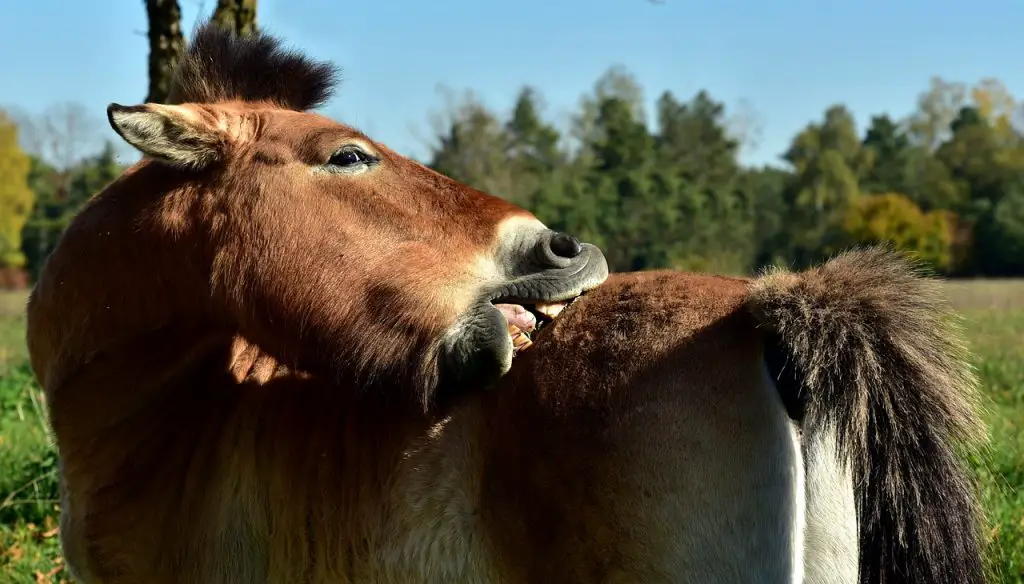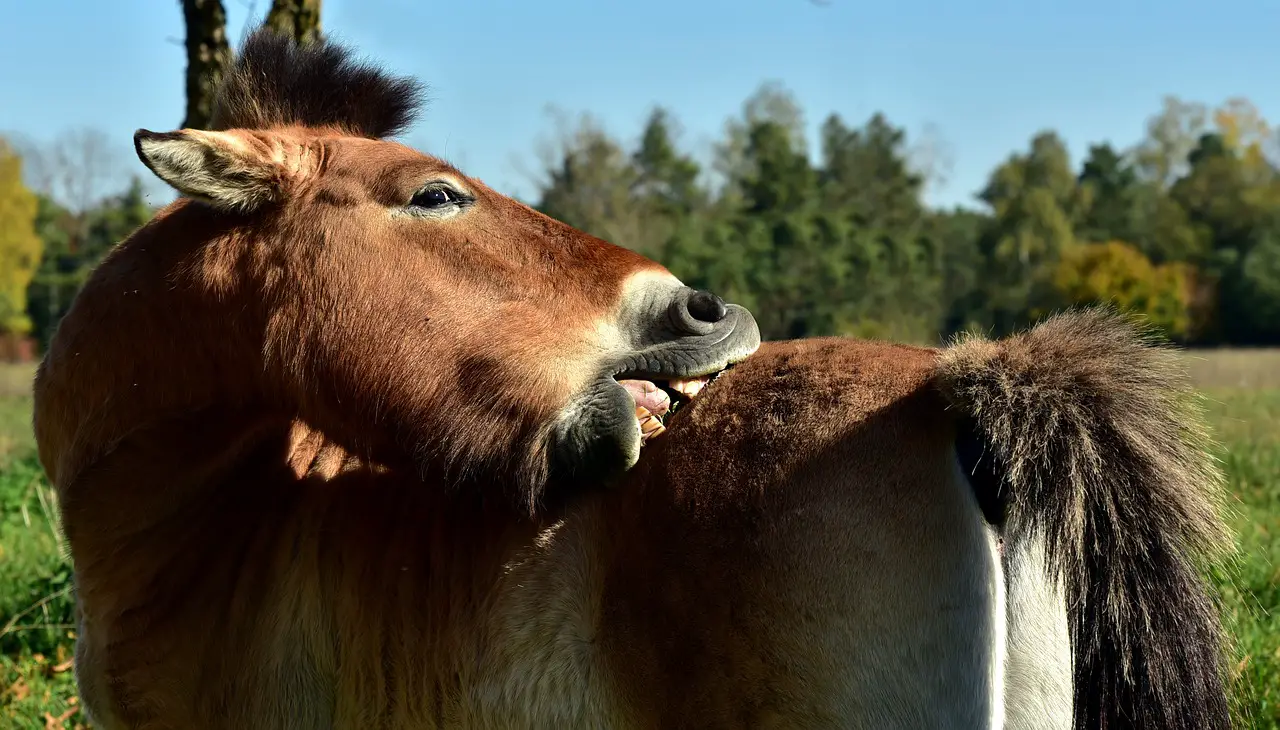Last Updated on February 19, 2022 by Allison Price
Habronemiasis is a condition that many people don’t associate with flies. It can also be called summer sores (granular dermatitis), jack sores or any other name you choose. Summer sores are caused by a complex interaction between the horse and the stomach worm, its intermediate hosts, stable flies, and their house, face, and stable flies. While stomach worms may cause inflammation in horses’ stomachs, they are most dangerous when they enter fresh wounds and moist areas of the horse.
You will notice signs such as itching, excessive granulation tissue and non-healing skin lesions (proud flesh). Summer sores can occur anywhere there is a wound. They can also develop in moist areas such as the prepuce or lower abdomen, the corners of the eyes, the margins of your lips, and the edges of the mouth. These are all areas where flies often feed.

Flies carry stomach worm larvae to the horse’s mouth in a normal life cycle. Horses ingest the larvae, which travel to their stomachs and mature in about two months. They usually do not cause any damage to horses. The eggs are laid by the adults and then passed on to the horse’s manure. The cycle begins again when the eggs are picked up by the fly.
This happens when stomach worm larvae get deposited by face, house, or stable flies. These flies feed on new wounds and areas of moisture. Because the larvae are not mature enough to become adult worms, they move around in the horse’s wounds, causing severe inflammation and itching. Horses can then chew on the lesion, which causes a non-healing lesion that can persist for years.
Summer sores are often yellow-colored and calcified, and have a “greasy”, dripping appearance. Summer sores are more common in spring and summer. This coincides with fly activity. The lesions can regress in winter months and then flare up again in spring if they are not treated.
Summer sores can be difficult to treat and may require multiple approaches. For small sores, you can deworm your horse using an ivermectin (or moxidectin) paste dewormer. This will kill the worm larvae. These active ingredients are not required for dewormers to be effective.
If there is a lot of proud flesh, surgery may be necessary. To reduce inflammation and itching, deworming should be combined with the application of a combination of glucocorticosteroid or DMSO directly to the lesion. Wrapping the lesion on the legs of horses may be necessary to prevent them from chewing.
In severe cases, corticosteroids and antibiotics can be administered orally. In some cases, cryotherapy (freezing the lesion in liquid nitrogen) can be beneficial.
To prevent more stomach worm larvae entering the lesions, fly control is vital. Here are some fly control tips.
- To prevent the breeding of fly larvae and hatching, remove excess feedstuffs, manure and wet straw at least two times per week.
- Properly managing compost piles will maximize heat production, which will kill hatching fly larvae.
- As biological control agents, use parasitic wasps to eliminate house and stable flies.
- All insecticides can be used to trap and bait insects, as well as residual sprays on the premises. Fly prevention masks and repellents can also be helpful.
- Your horses should be fed insect growth regulators. The IGR’s travel through the horse’s intestinal tract to inhibit the growth and development fly maggots in horse manure.



